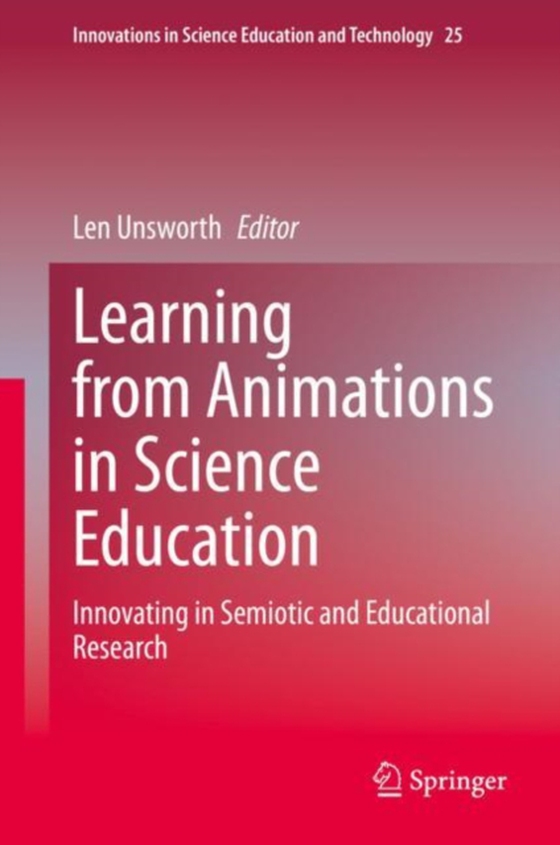
Learning from Animations in Science Education e-bog
1313,81 DKK
(inkl. moms 1642,26 DKK)
This book examines educational semiotics and the representation of knowledge in school science. It discusses the strategic integration of animation in science education. It explores how learning through the creation of science animations takes place, as well as how animation can be used in assessing student's science learning.Science education animations are ubiquitous in a variety of different...
E-bog
1313,81 DKK
Forlag
Springer
Udgivet
10 november 2020
Genrer
JNDG
Sprog
English
Format
pdf
Beskyttelse
LCP
ISBN
9783030560478
This book examines educational semiotics and the representation of knowledge in school science. It discusses the strategic integration of animation in science education. It explores how learning through the creation of science animations takes place, as well as how animation can be used in assessing student's science learning.Science education animations are ubiquitous in a variety of different online sites, including perhaps the most popularly accessed YouTube site, and are also routinely included as digital augmentations to science textbooks. They are popular with students and teachers and are a prominent feature of contemporary science teaching. The proliferation of various kinds of science animations and the ready accessibility of sophisticated resources for creating them have emphasized the importance of research into various areas: the nature of the semiotic construction of knowledge in the animation design, the development of critical interpretation of available animations, the strategic selection and use of animations to optimize student learning, student creation of science animations, and using animation in assessing student science learning. This book brings together new developments in these research agendas to further multidisciplinary perspectives on research to enhance the design and pedagogic use of animation in school science education. Chapter 1 is available open access under a Creative Commons Attribution 4.0 International License via link.springer.com.
 Dansk
Dansk

